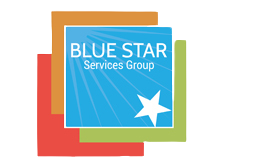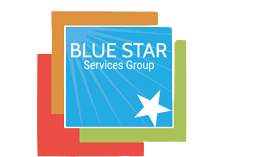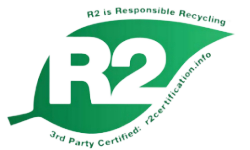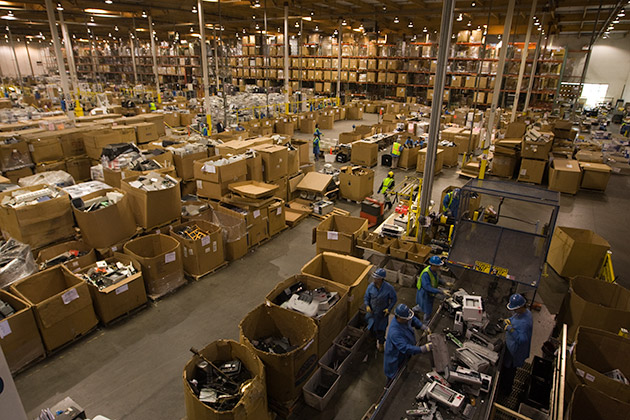
Electronics recycling is the process of repurposing old or unwanted electronic devices and their components instead of disposing of them in landfills. Electronic waste can include anything from old cellphones and computers to televisions and refrigerators, essentially anything that plugs in or runs on batteries.
It’s important to recycle electronics because they contain hazardous materials that can contaminate the environment if they are not disposed of properly. These materials include lead, mercury, and cadmium, and other toxins, which can seep into the soil and water, posing a risk to human health and wildlife.
Additionally, many electronic devices contain valuable metals and other components that can be extracted and reused in new products. Recycling electronics helps reduce the need to mine for new resources and saves energy in the production of new products.
Overall, electronics recycling is an important process for protecting the environment and conserving valuable resources. Blue Star Services Group is committed to recycling today for a greener tomorrow.
OVERVIEW
Printed circuit boards are a common component of many electronic systems built for both military and commercial applications. Printed circuit boards are typically manufactured by laminating dry film on clean copper foil, which is supported on a fiberglass plate matrix. The film is exposed with a film negative of the circuit board design, and an etcher is used to remove unmasked copper foil from the plate.
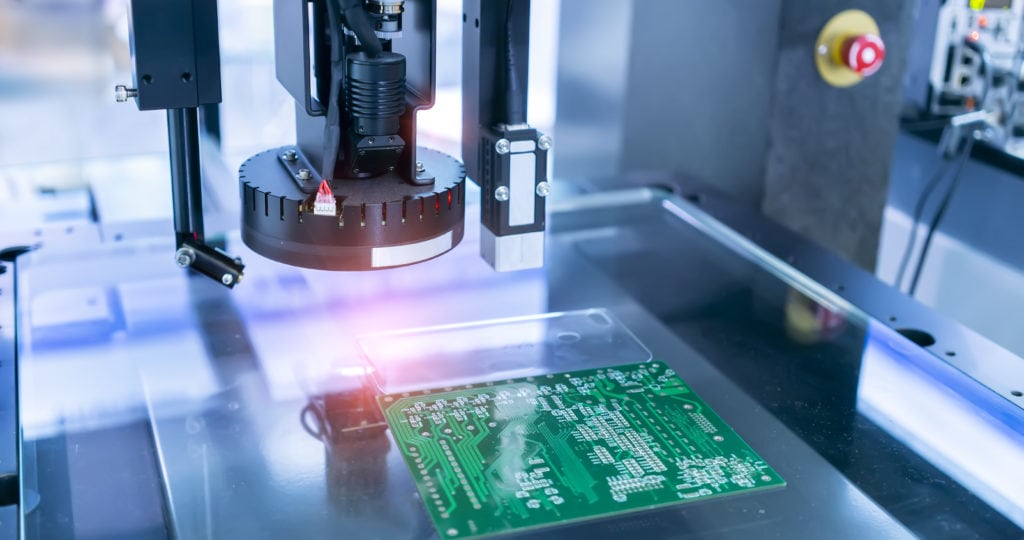
Solder is then applied over the unetched copper on the board. Depending upon the use and design of the particular printed circuit board, various other metals may be used in the manufacturing process, including lead, silver, gold, platinum, and mercury. Printed circuit boards are potentially a difficult waste material to process since they generally have no usefulness once they are removed from the electrical component in which they were installed. In addition, they typically consist of materials that classify them as a hazardous or “special” waste stream. They must be segregated and handled separately from other nonhazardous solid waste streams. Printed circuit boards that are handled as waste materials must be processed using any one of several available disposal options. Not only are these options expensive, they require a significant amount of effort and handling by the generator. Furthermore, since some of these disposal options do not include destruction of the waste circuit boards, the generator also retains much of the liability associated with improper handling or disposal.
As an alternative to off-site disposal, printed circuit boards can be handled and processed to recover the value of the raw materials that are used to produce the boards. Several companies offer recycling services as an alternative to off-site disposal of obsolete printed circuit boards. These services will generally process the boards by systematically removing raw materials of value from the board matrix. The materials include metals such as silver, lead, copper, and gold. Depending upon the volume and characteristics of the printed circuit boards processed through a particular vendor, the raw materials can be recovered and the salvage value potentially returned to the generator.
Typically, the vendor will provide a waste material profile form, which will be used by the generator to describe the nature, quantity, and additional characteristics of the circuit boards to be processed. Once the vendor approves of the processing arrangement, the generator will prepare the circuit boards for shipment. The handling and transportation methods used will depend on the volume of material, distance to be shipped, and vendor requirements.
COMPLIANCE BENEFIT
Recycling can reduce waste by removing and recovering regulated materials from the printed circuit boards. The reduction of hazardous waste helps facilities to meet the requirements of waste reduction under RCRA, 40 CFR 262 and Executive Order (EO) 13148, Greening the Government Through Leadership in Environmental Management. The recycling of printed circuit boards will also help facilities comply with EO 13101, Greening the Government Through Waste Prevention, Recycling, and Federal Acquisition. In addition, recycling can reduce potential generator liability issues associated with improper waste handling and/or disposal procedures. Recycling printed circuit boards, rather than disposing of them, also helps facilities to meet the goals of the Pollution Prevention Act (42 USC 13101-13109) that states that recycling of spent materials is preferable to treatment or disposal.
The compliance benefits listed here are only meant to be used as general guidelines and are not meant to be strictly interpreted. Actual compliance benefits will vary depending on the factors involved, e.g., the amount of workload involved.
MATERIALS COMPATIBILITY
Materials compatibility should generally not be a consideration since virtually all of the components of printed circuit boards are stable, solid materials when handled under normal circumstances. Some concern may be associated with printed circuit boards that contain unstable and/or toxic components such as mercury, certain forms of lead, and some electronic components that are attached to the boards. The waste recycling vendor should be contacted if any potential concerns exists regarding material compatibility that may be encountered during shipment or processing of the circuit boards.
SAFETY AND HEALTH
Minimal safety and health concerns apply to circuit board recycling.
Consult your local industrial health specialist, your local health and safety personnel, and the appropriate MSDS prior to implementing this technology.
BENEFITS
Recovered value of raw materials, particularly precious metals, reclaimed from processing the circuit boards.
Savings resulting from the elimination of a potential hazardous waste for “special” waste stream.
Reduction of potential generator liability associated with improper waste handling and/or disposal procedures.
Generators can increase public awareness by publicizing efforts made to bolster recycling initiatives at their facilities.
DISADVANTAGES
Market value of the reclaimed metals can fluctuate abruptly.
Boards containing inherently toxic or hazardous materials such as mercury may have little or no recyclable value.
ECONOMIC ANALYSIS
The economics of printed circuit board recycling will be determined by many factors, including the characteristics of the boards to be recycled, market value of the reclaimed components/raw materials, volume of boards being recycled, and conditions of the hazardous waste/solid waste market. Boards containing valuable metals, such as gold or silver, that can be readily reclaimed will be the easiest and most economically beneficial to recycle. Boards containing inherently toxic or hazardous materials (e.g., mercury) may have little or no recyclable value and be precluded from consideration in a recycling program.
NSN/MSDS:
None identified.
